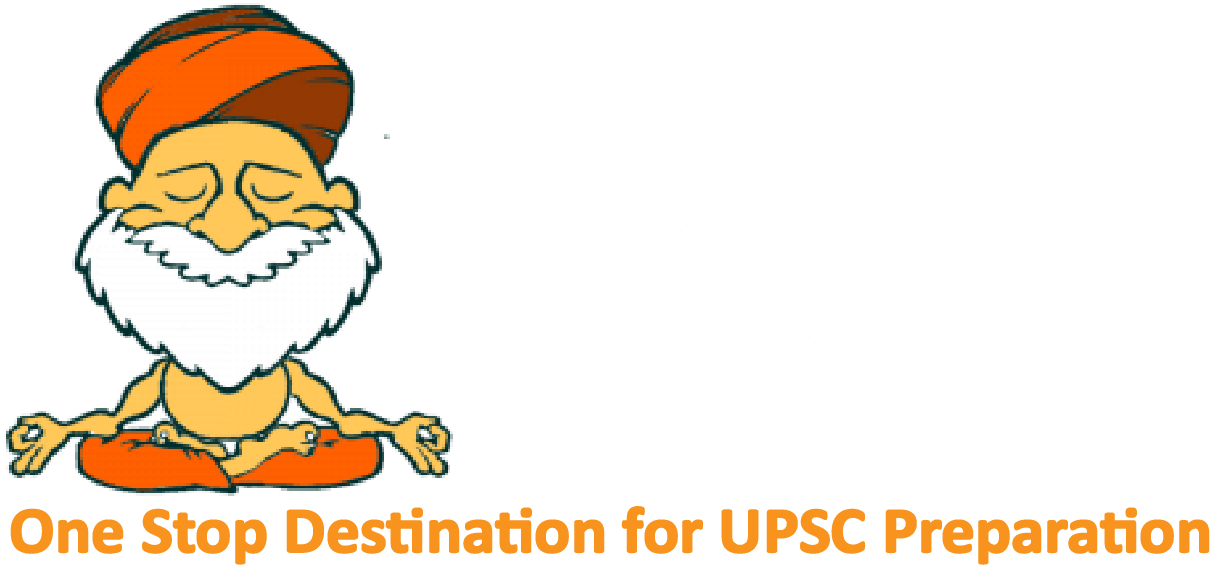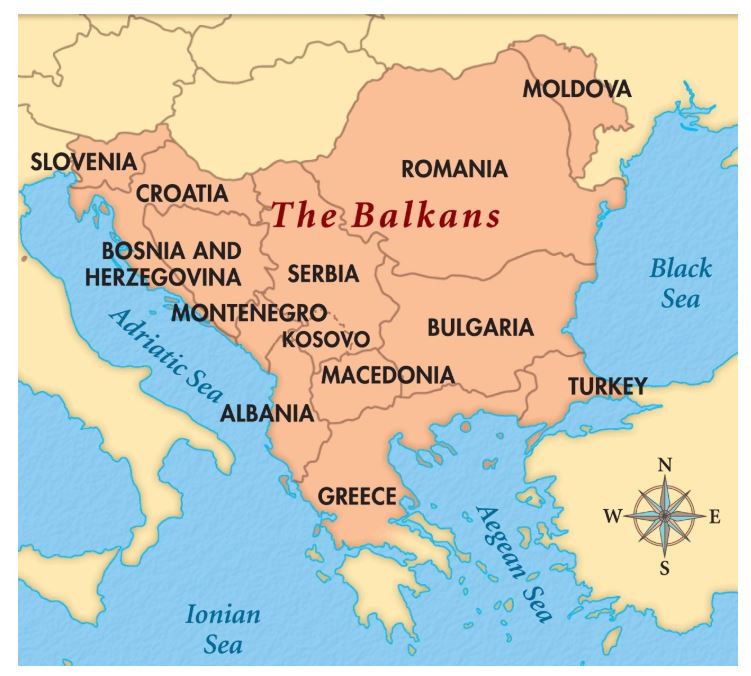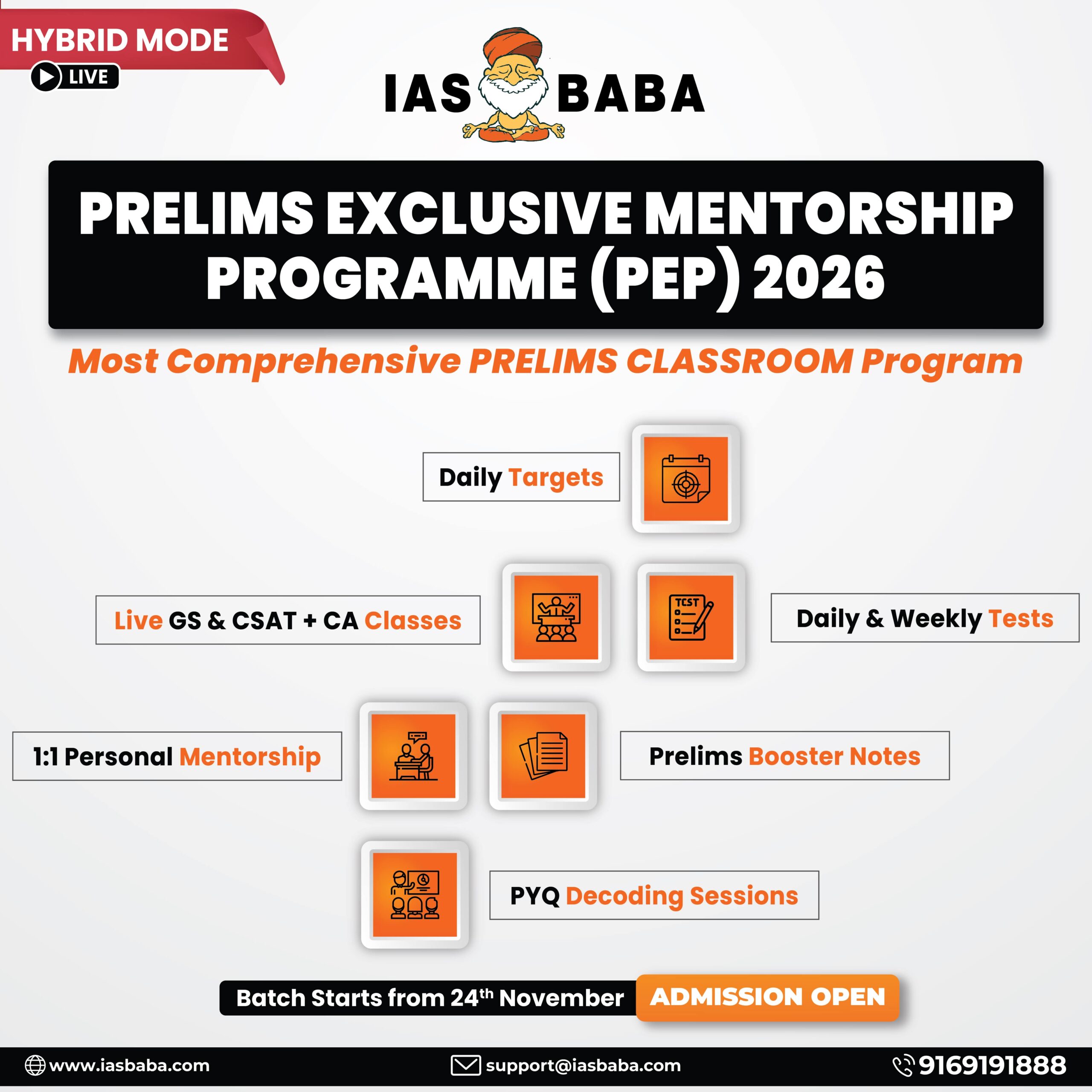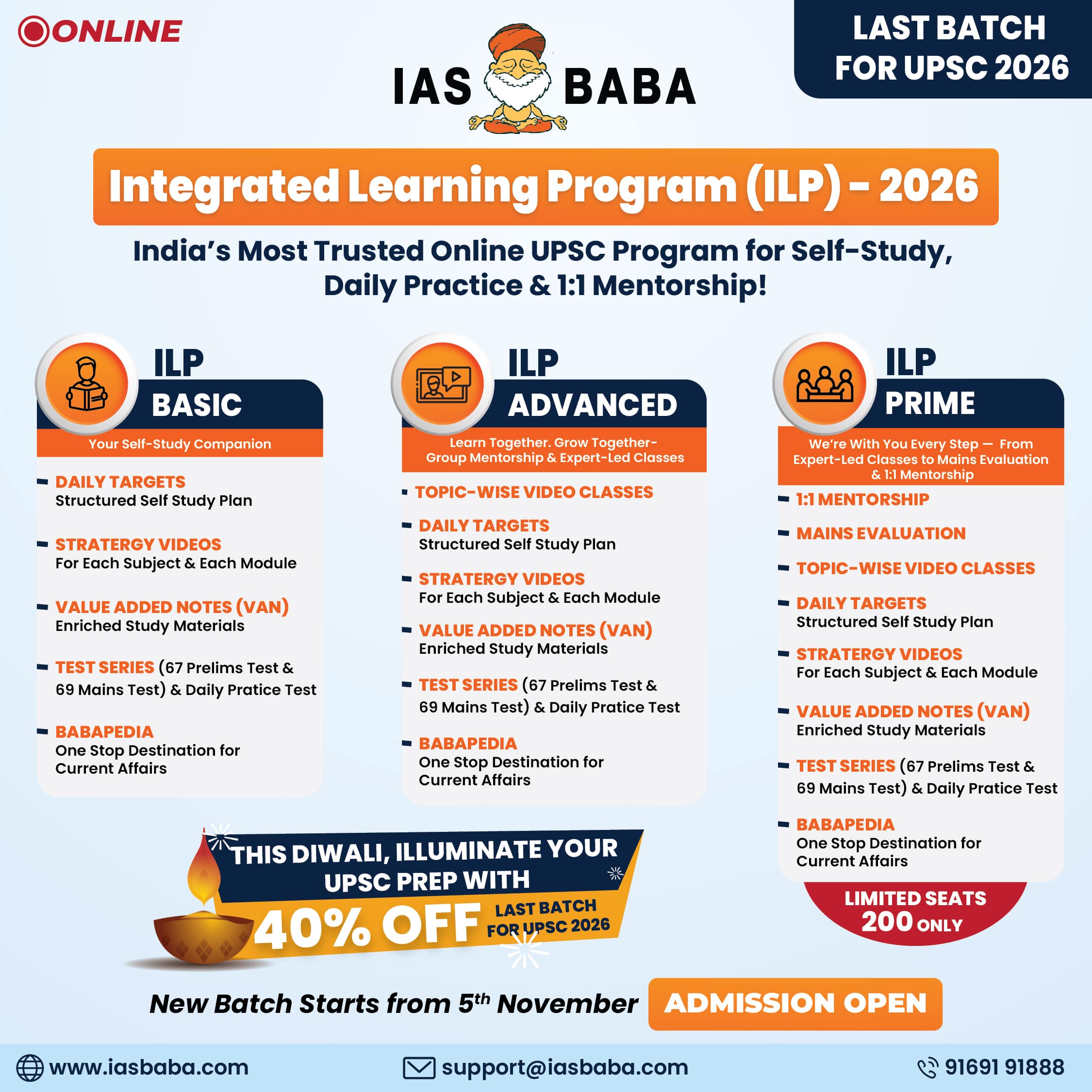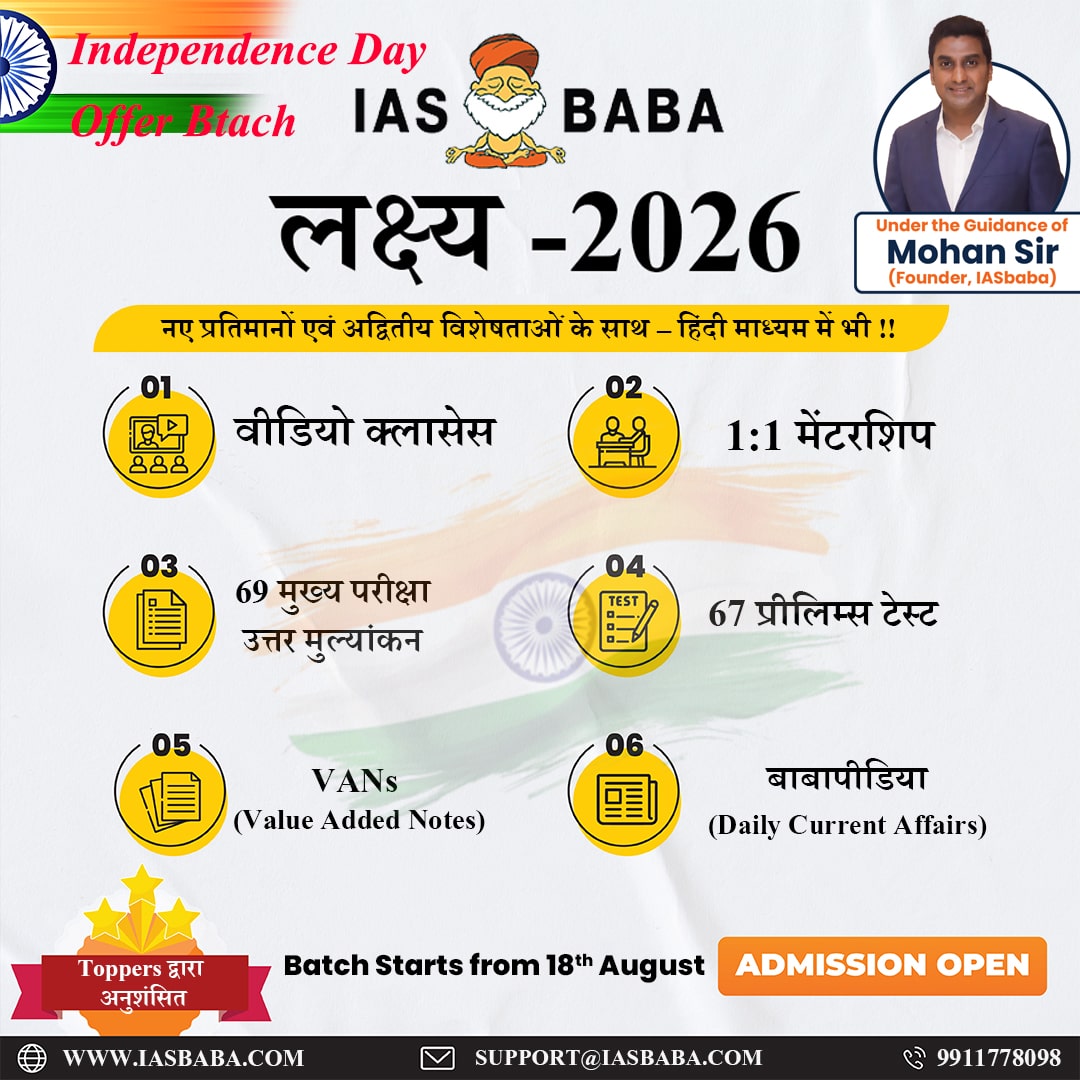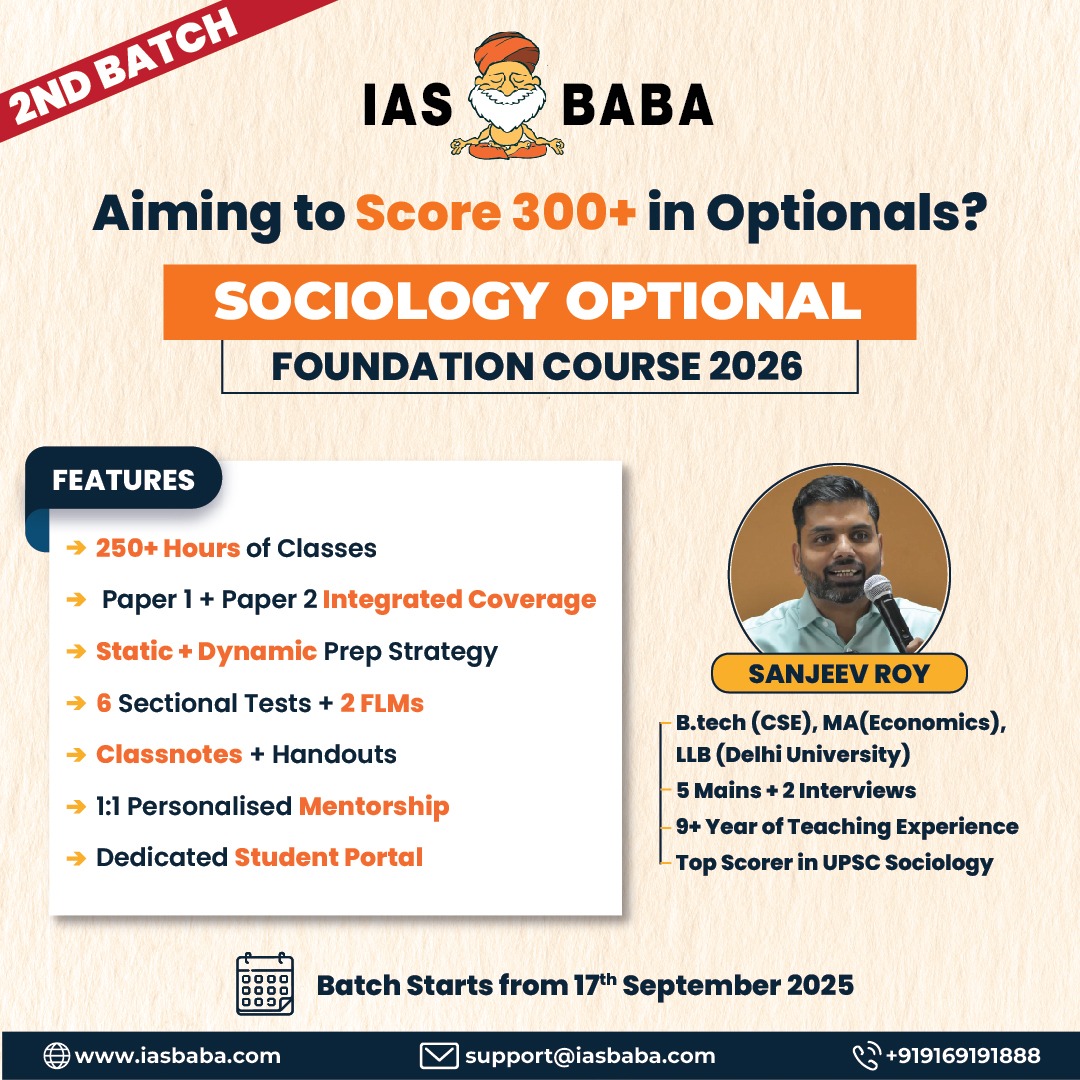Correct
Solution (c)
A comet tail—and coma—are features visible in comets when they are illuminated by the Sun and may become visible from Earth when a comet passes through the inner Solar System.
As a comet approaches the inner Solar System, solar radiation causes the volatile materials within the comet to vaporize and stream out of the nucleus, carrying dust away with them.
Separate tails are formed of dust and gases, becoming visible through different phenomena; the dust reflects sunlight directly and the gases glow from ionisation. Most comets are too faint to be visible without the aid of a telescope, but a few each decade become bright enough to be visible to the naked eye.
In the outer Solar System, comets remain frozen and are extremely difficult or impossible to detect from Earth due to their small size. Statistical detections of inactive comet nuclei in the Kuiper belt have been reported from the Hubble Space Telescope observations, but these detections have been questioned, and have not yet been independently confirmed.
As a comet approaches the inner Solar System, solar radiation causes the volatile materials within the comet to vaporize and stream out of the nucleus, carrying dust away with them. The streams of dust and gas thus released form a huge, extremely tenuous atmosphere around the comet called the coma, and the force exerted on the coma by the Sun’s radiation pressure and solar wind cause an enormous tail to form, which points away from the Sun.
Source: https://indianexpress.com/article/explained/comet-c-2020-f3-neowise-nasa-earth-6500688/
Incorrect
Solution (c)
A comet tail—and coma—are features visible in comets when they are illuminated by the Sun and may become visible from Earth when a comet passes through the inner Solar System.
As a comet approaches the inner Solar System, solar radiation causes the volatile materials within the comet to vaporize and stream out of the nucleus, carrying dust away with them.
Separate tails are formed of dust and gases, becoming visible through different phenomena; the dust reflects sunlight directly and the gases glow from ionisation. Most comets are too faint to be visible without the aid of a telescope, but a few each decade become bright enough to be visible to the naked eye.
In the outer Solar System, comets remain frozen and are extremely difficult or impossible to detect from Earth due to their small size. Statistical detections of inactive comet nuclei in the Kuiper belt have been reported from the Hubble Space Telescope observations, but these detections have been questioned, and have not yet been independently confirmed.
As a comet approaches the inner Solar System, solar radiation causes the volatile materials within the comet to vaporize and stream out of the nucleus, carrying dust away with them. The streams of dust and gas thus released form a huge, extremely tenuous atmosphere around the comet called the coma, and the force exerted on the coma by the Sun’s radiation pressure and solar wind cause an enormous tail to form, which points away from the Sun.
Source: https://indianexpress.com/article/explained/comet-c-2020-f3-neowise-nasa-earth-6500688/

